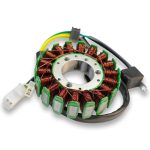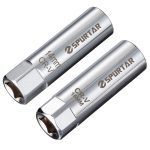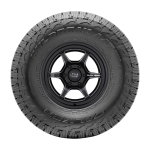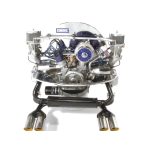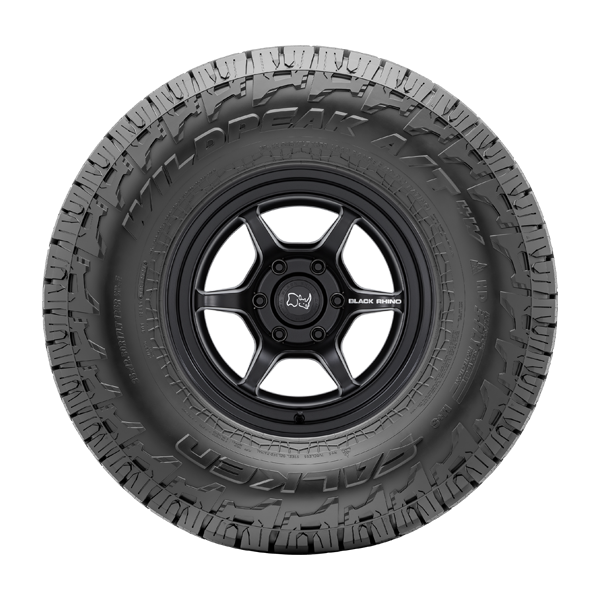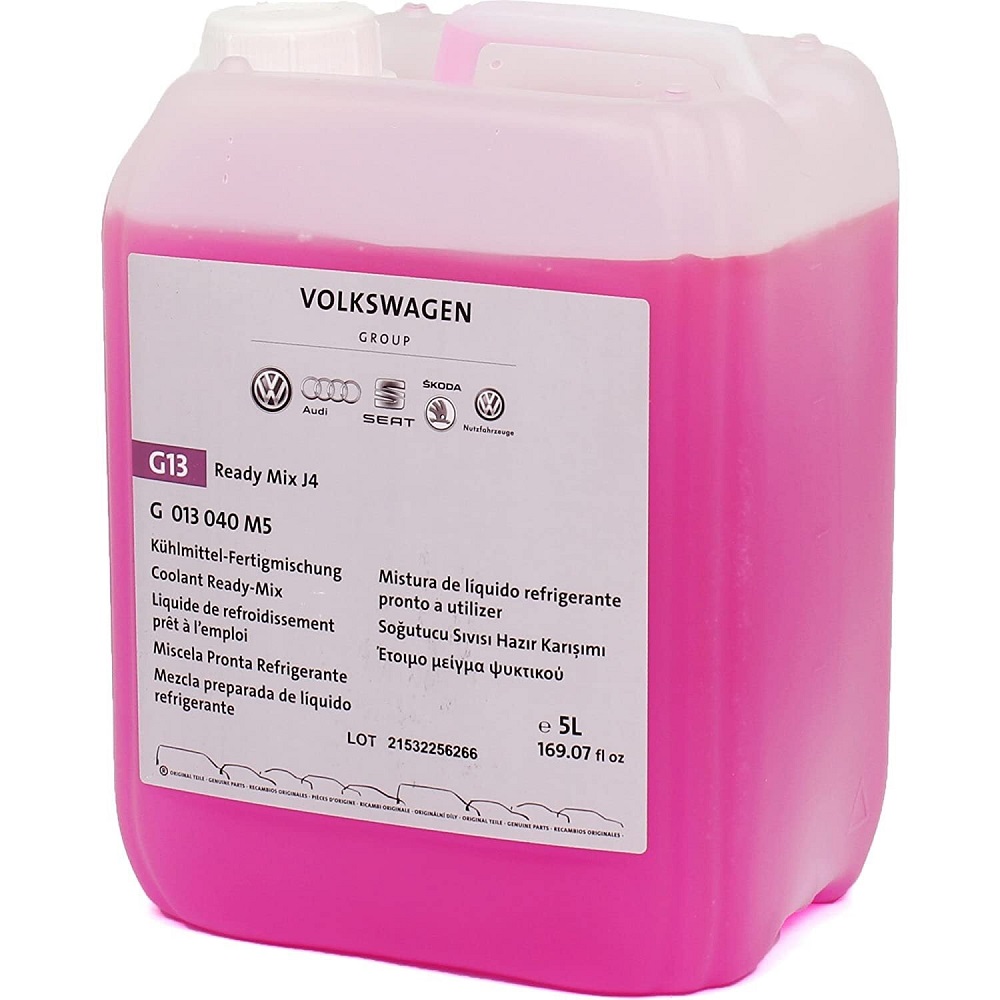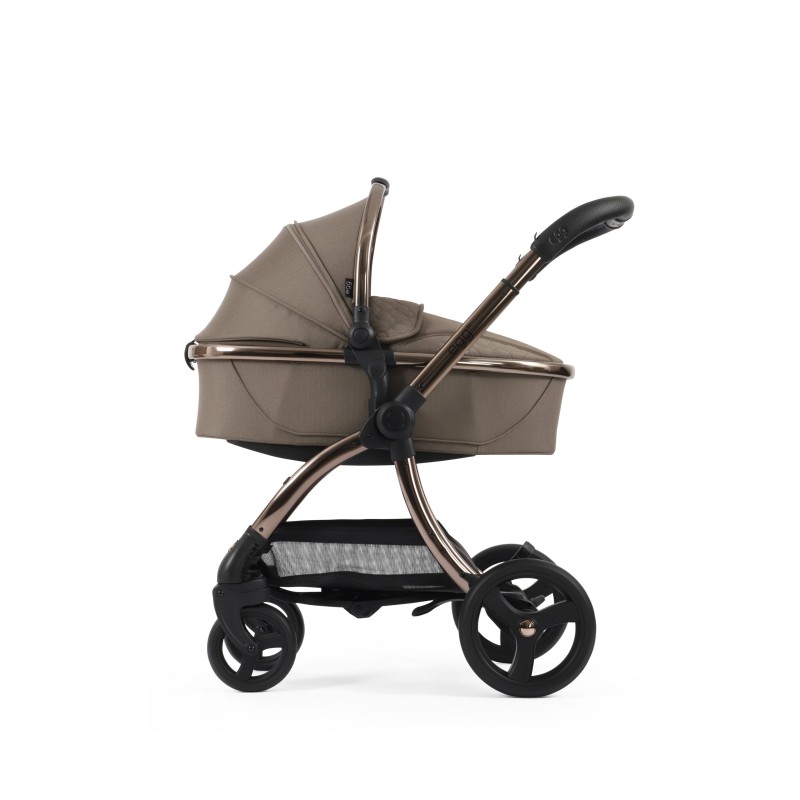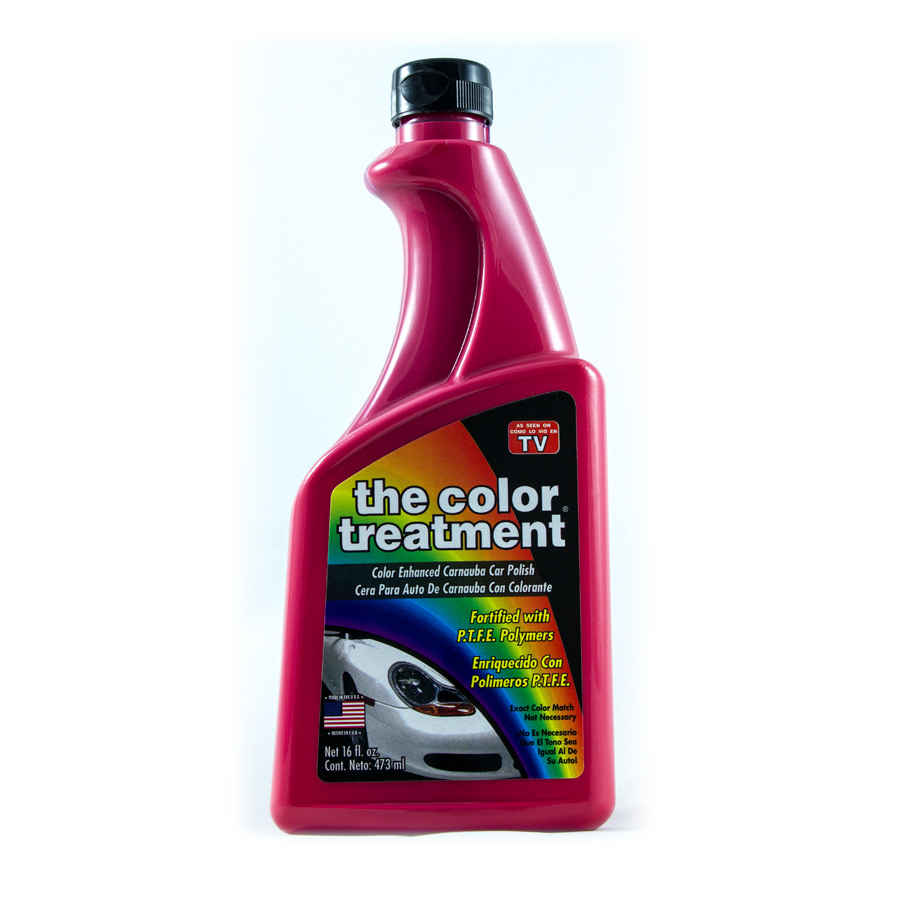Introduction to Car Seat Cleaning
Car seats get dirty – it’s a simple fact of vehicle ownership. Whether it’s daily commutes, trips with kids, or the occasional coffee spill, your car seat bears the brunt of it all. Understanding how to wash a car seat properly not only extends its life but also maintains a hygienic environment in your car. In this guide, we’ll walk you through the steps and provide tips to make car seat cleaning as straightforward as possible. Equip yourself with the right tools and techniques, and you’ll keep your car’s interior looking spotless.
Regular cleaning can help prevent dirt buildup and stains that can be tough to remove later. Plus, it can help eliminate germs, dust mites, and allergens, contributing to healthier air quality in your car. Let’s dive into the process of how to wash a car seat effectively, ensuring you can tackle any mess that life throws your way.
Preparing to Clean Your Car Seat
Before diving into the cleaning process, preparation is key. Start by removing any personal items like toys, coins, or accessories from the car seat. This makes the cleaning task easier and prevents items from getting wet or damaged.
Next, check the car seat manual for any specific instructions. Manufacturers often provide guidelines on how to wash a car seat, including which materials to use and which to avoid. This helps protect the seat’s fabric and ensures the safety mechanisms aren’t compromised.
Now, gather all the cleaning supplies you’ll need:
- A gentle, fabric-safe cleaner or a mixture of mild detergent and water.
- Soft brushes or microfiber cloths to prevent scratching the car seat material.
- A handheld vacuum or a soft-bristled attachment to remove crumbs and loose dirt.
- A bucket or bowl for your cleaning solution.
- A spray bottle if you prefer to apply the cleaner directly to the seat.
Before applying any cleaner, vacuum the car seat thoroughly to remove dust, dirt, and debris. Pay special attention to crevices where crumbs and dirt may hide. Pre-cleaning the seat allows the washing solution to work directly on the stains and ground-in dirt.
After gathering the tools and reading through the manual, test your cleaner on an inconspicuous area. This ensures the cleaner doesn’t discolor or damage the fabric.
With everything prepared and checked, you’re now ready to move on to the next steps of how to wash a car seat effectively.
Removing and Washing Car Seat Covers
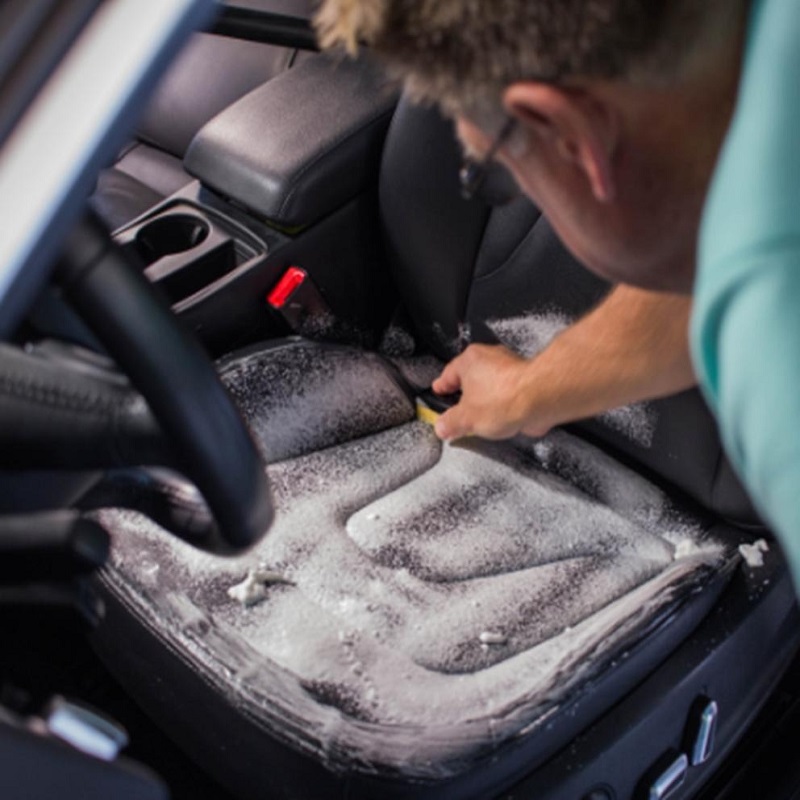
If your car seat has removable covers, taking them off for a wash is the first step in ensuring a deep clean. Properly removing the covers will prevent damage and make cleaning more effective.
First, consult the manual for specific removal instructions. Manufacturers often design car seats for easy cover removal. Look for snaps, zippers, or Velcro strips that secure the cover to the seat frame. Release these fastenings carefully and ease the cover off from the seat.
Before tossing the cover into the washing machine, check the care tag. It will guide you on the right settings. Most covers are suitable for a gentle cycle with mild detergent. Avoid using bleach or harsh chemicals, as they may harm the fabric and color. Also, opt for cold water to prevent shrinking or fading.
For best results, wash the cover on its own. This will keep it from rubbing against other items, which can cause wear. After the wash cycle, hang the cover out to dry. Do not tumble dry unless the care tag says it’s safe. The heat from a dryer might shrink or warp the material.
Once the cover is clean and dry, fit it back onto the car seat. Make sure it’s snug and secure. This will keep it looking good and functioning well.
Remember, regular washing of the car seat covers can extend their life and the overall hygiene of your car’s interior. With every wash, you’re one step closer to a cleaner, more pleasant car ride.
Cleaning Non-Removable Car Seat Fabric
For car seats with fabric that you can’t remove, cleaning needs a gentle touch. Start by vacuuming the entire seat. Make sure to get into all the nooks and crannies where dirt can hide. Once that’s done, take a soft brush or microfiber cloth and lightly dip it into your cleaning solution. Wring it out well – you want it damp, not wet. Now, gently scrub the fabric in a circular motion. Work on one section at a time to ensure thorough cleaning.
Next, grab a clean microfiber cloth and sink it into plain water. Rinse the section you just cleaned, making sure to remove all soap residue. Do not soak the fabric. This could damage the seat material or padding. Work in sections until you cover the whole seat.
When cleaning, focus on areas that get the most use, like armrests and headrests. These spots often collect more oils and dirt. Use a gentle, fabric-safe cleaner, and avoid products with bleach or harsh chemicals. They can harm the fabric over time.
For stubborn spots or sticky residue, use a mixture of baking soda and water. Apply this paste to the affected area and let it sit for a few minutes. Then gently brush it away with a soft-bristled brush. End by wiping the area with a damp cloth.
Always test any cleaner on a hidden area first. This ensures it won’t cause damage or discoloration. Taking these steps helps clean non-removable car seat fabric safely and effectively, without risking damage to your seat’s material and design.
Spot Cleaning Stains and Spills
Accidents happen, and quick action is your best friend when it comes to stains and spills. Here’s how to wash a car seat spot when dealing with fresh spills:
- Blot, Don’t Rub: Immediately blot spills with a clean microfiber cloth. Rubbing pushes the spill deeper into the fabric.
- Use the Right Cleaner: Apply a mild detergent solution or a specialized car upholstery cleaner to the affected area.
- Test First: Always do a spot test in a hidden area to make sure the cleaner won’t damage the fabric.
- Gently Scrub: Use a soft-bristled brush to gently work on the stain. Avoid using too much force.
- Rinse Thoroughly: Dampen a cloth with water and blot the area to remove any soap residue.
- Dry Completely: Let the area air-dry, or use a hairdryer on a cool setting if needed quickly.
For older or tougher stains:
- Make a Paste: Mix baking soda and water into a paste for stubborn spots.
- Apply and Wait: Spread the paste on the stain and wait for about 30 minutes for it to work.
- Scrub Softly: After the wait, use a soft brush to remove the paste and loosened stain.
- Finish with Water: Wipe with a wet cloth and blot dry.
Remember to handle stains as soon as they occur to simplify the cleaning process and to prevent them from setting in.
Deep Cleaning Strategies for Tough Stains
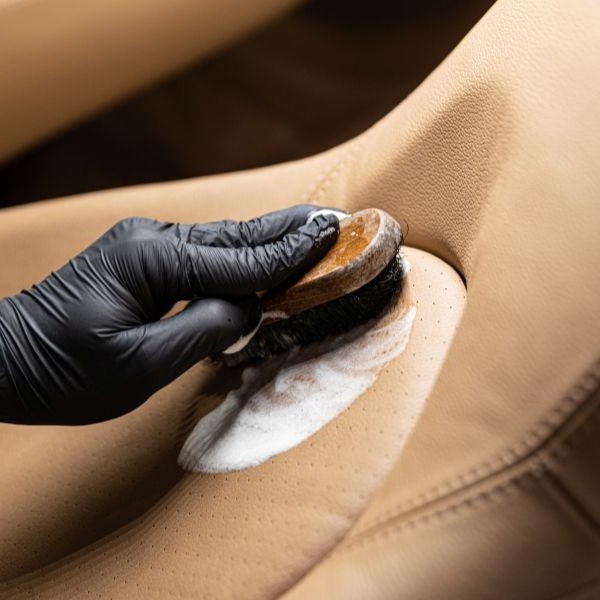
Sometimes, despite your best efforts, tough stains stick around. They need extra care to remove. For stubborn stains in your car seat, you’d want to apply deep cleaning strategies. Here’s what to do:
- Pre-Treat with Baking Soda: Sprinkle baking soda directly on the stain. Let it sit for at least 15 minutes. Baking soda absorbs odors and loosens stains.
- Make a Cleaning Solution: Mix equal parts of vinegar and water. Add a little dish soap for extra cleaning power.
- ** Apply the Solution**: Use a spray bottle to apply the solution to the stained area. Let it soak in for 5-10 minutes.
- Scrub Gently: Take a soft-bristled brush. Scrub the stain gently in a circular motion.
- Rinse with Water: Use a damp cloth to rinse the area. Make sure you remove all the cleaning solution.
- Repeat if Necessary: Some stains may require a second treatment. Don’t rush. Give it time to work.
- Blot Dry: Once the stain lifts, blot the area dry with a clean towel.
Remember, it’s all about patience and using the right technique. With these steps, you’ll improve your chances of getting rid of those stubborn stains for good. Always allow the fabric to air dry completely after deep cleaning. This prevents mold and keeps your car smelling fresh. Take care not to over-wet the seat as this can damage the material and padding.
Drying and Reassembling Your Car Seat
After cleaning your car seat, getting it dry is crucial. Moisture in the fabric can lead to mildew or mold. Here’s how to ensure it dries properly:
- Air Dry: Let the car seat air dry in a well-ventilated area. Keep windows open if inside a garage.
- Avoid Direct Heat: Don’t use heaters or place seats in direct sunlight. This may fade the fabric.
- Use Fans: If needed, set up a fan to blow air over the seat, speeding up drying.
- Check Dryness: Touch the fabric. Only reassemble if it feels completely dry.
Once the seat is dry, it’s time to put everything back together:
- Follow Manual: Check the manual for specific reassembling instructions.
- Secure Covers: If you’ve removed a cover, fit it tightly back onto the seat.
- Reattach Accessories: Put back any pads, armrests, or cup holders you removed.
By making sure the car seat is totally dry and reassembled correctly, you maintain its look and function. Regular checks can help spot issues before they become problems. This keeps your car seat safe and clean for every ride.
Maintaining a Clean Car Seat
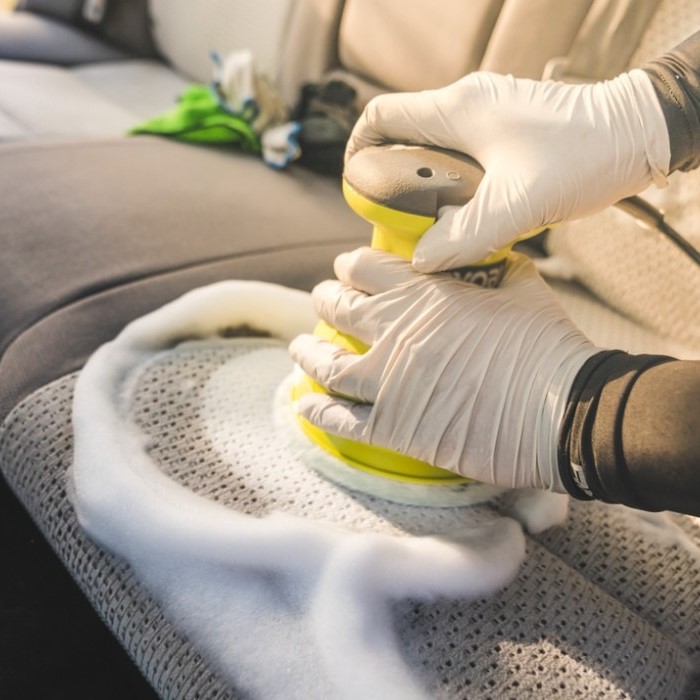
Keeping your car seat clean does not end after washing it. Regular maintenance is key to ensuring your car seat remains in top condition and extends its life. Here are tips on how to wash a car seat and keep it clean:
- Vacuum Regularly: Make it a habit to vacuum your car seat weekly. This removes crumbs and dirt before they set in.
- Wipe Spills Immediately: As soon as a spill happens, wipe it up. This helps prevent stains from forming.
- Use Car Seat Covers: Consider using removable car seat covers. They protect the fabric and are easy to wash.
- Avoid Eating in the Car: If possible, do not eat inside your vehicle. This minimizes the chances of spills and crumbs.
- Keep a Cleaning Kit in the Car: Have a small kit with cloths and cleaner ready. Quick touch-ups can go a long way.
- Protect from Sunlight: If you park outdoors, use a sunshade. This protects the seat fabric from fading.
- Freshen Up: Use a fabric freshener suited for car interiors. This keeps your car seat smelling clean.
Following these simple steps ensures that you will not need to wash your car seat too often. It also keeps it looking and smelling fresh, making every ride more enjoyable. Remember, a clean car seat not only looks good but also contributes to a healthier car environment.
